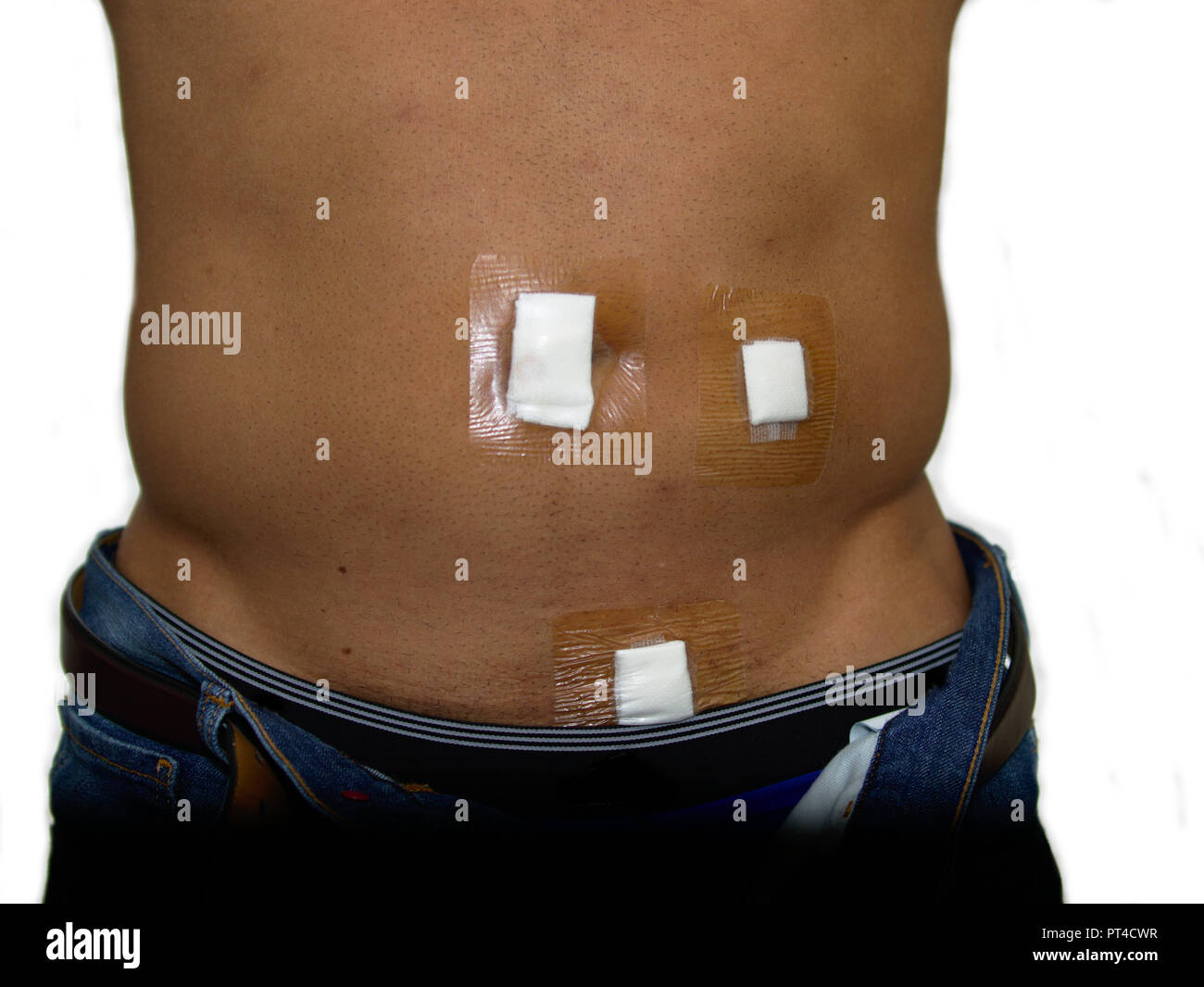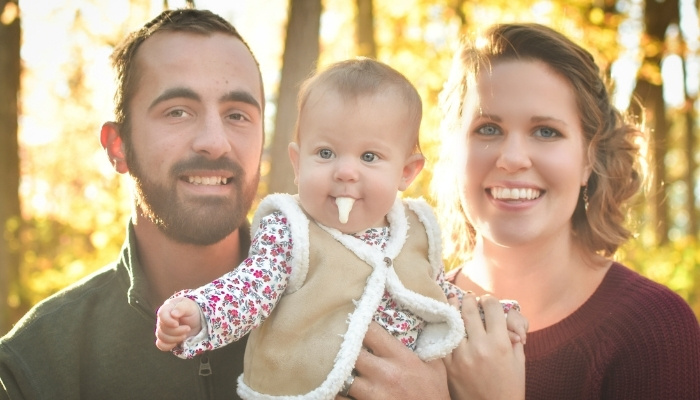Bottle Feeding Cavity Prevention

The relationship between bottle feeding and cavity prevention is a crucial aspect of pediatric dental care. As a parent, it’s essential to understand how to protect your child’s teeth from the early stages of development. Cavities, also known as tooth decay, can be a significant problem for infants and toddlers, especially if they are bottle-fed. In this article, we will delve into the world of bottle feeding and cavity prevention, exploring the risks, prevention strategies, and best practices for maintaining your child’s oral health.
Understanding the Risks: Bottle Feeding and Cavities
Bottle feeding can increase the risk of cavities in infants and toddlers due to the frequency and duration of feedings. When a baby is bottle-fed, the milk or formula can pool around their teeth, creating an environment conducive to bacterial growth. The bacteria in the mouth feed on the sugars present in the milk or formula, producing acid as a byproduct. This acid can damage the tooth enamel, leading to cavities.
Moreover, if a baby is put to bed with a bottle, the milk or formula can remain in their mouth for an extended period, increasing the risk of tooth decay. This is particularly concerning, as cavities can lead to pain, infection, and even tooth loss if left untreated.
Prevention Strategies: Protecting Your Child’s Teeth
Fortunately, there are several strategies you can employ to prevent cavities in your bottle-fed baby. Here are some expert-recommended tips:
- Clean the Bottle and Nipple: After each feeding, wash the bottle and nipple with soap and warm water to remove any residual milk or formula. This will help prevent bacterial growth and reduce the risk of cavities.
- Use a Clean Bottle Brush: Use a clean bottle brush to scrub the bottle and nipple, paying particular attention to the areas around the nipple and the bottle’s mouth.
- Rinse the Bottle with Water: After cleaning, rinse the bottle with water to remove any soap residue.
- Avoid Putting Your Baby to Bed with a Bottle: Try to avoid putting your baby to bed with a bottle, as this can increase the risk of cavities. Instead, offer a pacifier or a clean teether toy to help your baby self-soothe.
- Use a Fluoride Toothpaste: Once your baby’s teeth start coming in, use a fluoride toothpaste to help strengthen their teeth and prevent cavities.
- Schedule Regular Dental Check-Ups: Regular dental check-ups with your pediatric dentist can help identify any oral health issues early on, preventing more severe problems from developing.
Additional Tips for Bottle Feeding and Cavity Prevention
In addition to the above strategies, here are some extra tips to help you protect your baby’s teeth:
- Use a Bottle with a Venting System: A bottle with a venting system can help reduce the amount of air that enters the bottle, minimizing the risk of cavities.
- Choose a Pacifier with a Shield: A pacifier with a shield can help reduce the risk of cavities by preventing the pacifier from coming into contact with the teeth.
- Avoid Using Bottles as Pacifiers: While bottles can be used as pacifiers in a pinch, it’s essential to avoid using them as a substitute for a pacifier. This can increase the risk of cavities and create unhealthy habits.
- Monitor Your Baby’s Oral Health: Keep an eye on your baby’s oral health, watching for signs of cavities, such as white spots or discoloration on the teeth.
As a parent, it's crucial to prioritize your baby's oral health from an early age. By following these prevention strategies and tips, you can help protect your child's teeth from cavities and ensure a healthy, happy smile for years to come.
Common Myths and Misconceptions
When it comes to bottle feeding and cavity prevention, there are several myths and misconceptions that can be misleading. Here are a few common ones:
- Myth: Bottles are the primary cause of cavities in babies. While bottles can increase the risk of cavities, they are not the sole cause. Poor oral hygiene, sugary foods, and genetics can also contribute to tooth decay.
- Myth: You don’t need to clean the bottle and nipple after each feeding. Cleaning the bottle and nipple after each feeding is essential to prevent bacterial growth and reduce the risk of cavities.
- Myth: Fluoride toothpaste is not necessary for babies. Fluoride toothpaste is essential for babies, as it helps strengthen their teeth and prevent cavities.
Pros and Cons of Bottle Feeding and Cavity Prevention
| Pros | Cons |
|---|---|
| Convenient and easy to use | Can increase the risk of cavities if not used properly |
| Can be used to supplement breastfeeding | May require frequent cleaning and sterilization |
| Can help soothe a fussy baby | May create unhealthy habits if used as a pacifier |

Conclusion
Bottle feeding and cavity prevention are closely linked, and it’s essential to understand the risks and prevention strategies to protect your child’s teeth. By following the tips and guidelines outlined in this article, you can help reduce the risk of cavities and ensure a healthy, happy smile for your baby. Remember to clean the bottle and nipple regularly, avoid putting your baby to bed with a bottle, and schedule regular dental check-ups to monitor your child’s oral health.
Q: How often should I clean the bottle and nipple?
+A: You should clean the bottle and nipple after each feeding, using soap and warm water to remove any residual milk or formula.
Q: Can I use a bottle with a venting system to reduce the risk of cavities?
+A: Yes, a bottle with a venting system can help reduce the amount of air that enters the bottle, minimizing the risk of cavities.
Q: How often should I schedule dental check-ups for my baby?
+A: You should schedule regular dental check-ups with your pediatric dentist every six months, starting from the age of one or when the first tooth erupts.



